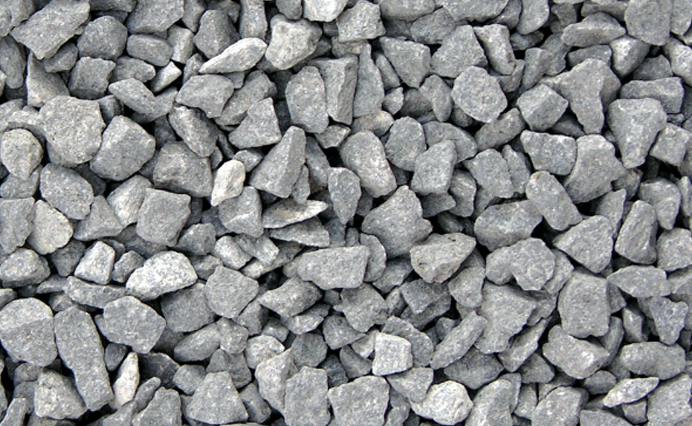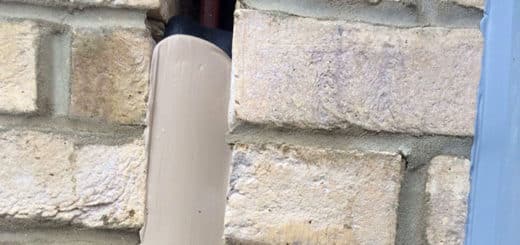Coarse Aggregate | Versatile Construction Material
Coarse aggregate is a fundamental material of civil engineering construction and is widely used in roads, bridges, dams, and other foundational engineering structures. It is essential to understand the properties of coarse aggregate when used in civil engineering design and construction. This article serves to introduce the various types, uses, and testing procedures of coarse aggregate to civil engineers.
More than 26 million tons of coarse aggregates are produced each year in the U.S. alone. Coarse aggregate, also known as crusher run or quarry run, is any crushed stone less than 4 inches in diameter. It is used for pavements, road construction, and sub-base for pavement and foundations for buildings.
Different types of coarse aggregate include gravel (consisting mostly of rounded stones), stone with sand-sized particles and stone with silt-sized particles. If you have a driveway, sidewalk or parking lot that needs repair, consider using coarse aggregate to make your work easier.
This material can be compacted easily and will withstand heavy traffic without breaking down quickly like asphalt does. Asphalt can also crack over time when it freezes during the winter months or expands due to heat during the summer months; however, coarse aggregates won’t crack as easily because they are not as soft as asphalt.
Coarse aggregate is an important part of concrete as it provides a strong connection between cement paste and finer material, such as pebbles or sand. The combination of these two elements creates a durable and stable building material.
Types of Coarse Aggregate
There are four main types of coarse aggregate:
1) Gravel
2) Crushed stone
3) Slag
4) Recycled concrete
Gravel is classified according to its particle size. It is further classified into several types, including bank gravel, bench gravel, and crushed stone. Bank gravel, or river run, is gravel that has been deposited by a river or other body of water. It is typically composed of rounded, river-worn stones that are mixed with smaller stones and fines. Bench gravel is gravel that has been naturally deposited on the side of a valley or other depression. It is usually composed of angular, or jagged, stones that are mixed with smaller stones and fines.
Crushed stone is gravel that has been crushed or pulverized by a crusher. It is further classified into several types, including fractured gravel, crushed stone, and crushed slag.
Slag is a by-product of smelting or metal working. It is typically composed of angular, or jagged, stones that are mixed with smaller stones and fines. Slag is a great alternative to gravel for use in foundations and other engineering structures because it is more resistant to weathering and compaction.
Recycled Concrete is a material that is commonly used in civil engineering projects. It is composed of cement, sand, gravel, and water. Recycled concrete can be used as a substitute for virgin concrete in many applications. It is a sustainable material that can help reduce the environmental impact of civil engineering projects.
Recycled concrete can be used as aggregate in new concrete. It can also be used as base material for roads, parking lots, and other foundations. Recycled concrete is a sustainable material that can help reduce the environmental impact of civil engineering projects.
Properties of Coarse Aggregate
The properties of coarse aggregate are influenced by the sizes and shapes of the individual particles. For example, when sand is used as a coarse aggregate, it will have a different effect on pavement than gravel or crushed stone of equal size.
When the aggregate is coarse, it requires less rinsing in water to remove the cement slurry and this reduces energy consumption. These coarse aggregates are found in nature or produced by crushing hard materials such as rocks. Among these fine aggregates, there are three main types namely gravel, crushed stone and sand.
The gravel consists of large particles that are obtained from natural rock formations and usually have a diameter between 50mm and 250mm (2-10 inches). The size of the gravel particles varies depending on the type of gravel being used.
This type is mainly used for general construction purposes and road building. Coarse crushed stone has a particle size ranging between 20mm (0.8 inches) and 64mm (2.5 inches). It can be made from a variety of raw materials like granite, basalt, limestone, quartzite etc.
In addition to its use in road building, coarse crushed stone can also be used in the concrete mix through which they provide strength and durability to concrete structures like buildings and bridges. Sand is one of the most common types of aggregate that is found in nature or produced by crushing rocks with small grains typically below 64mm ( 2 5/8 inches).
Some of the important properties of aggregates need to be considered as follows.
- Size and Shape of Aggregates: Depending on the nature of the construction, the size of the aggregate is finalized. Different shapes of the aggregate are discussed below.
- Surface Texture: It needs to consider in relation to water absorption, etc.
- Bulk Density
- Specific Gravity
- Water Absorption
- Strength
- Thermal properties
And many more properties are checked during the construction. Limiting values of each of these properties shall be as per the project specification or relevant standard.
Type of Classifications Based on Shape
1) Rounded aggregates
2) Angular aggregates
3) Irregular aggregates
4) Elongated aggregates
5) Flaky aggregates
6) Flaky and elongated aggregates
Uses of Coarse Aggregate
Out of many uses, we can highlight some of the following important uses.
- Enhance the strength of the material or used to enhance the strength of the material combination
- In concrete, aggregate is used as the filled without affecting the strength
- Coarse aggregate is used to distribute the load equally. For example, in railway lines, road construction, etc. this can be observed.
- Water filtration
- Used in the rainwater harvesting
- Can be used to grain stormwater into the ground.
The article Types of Testing for Aggregates could be referred for information available test to be conducted for the aggregate when used for the construction depending on the nature of the use. We may not require doing all the test, but they may do as applicable.




